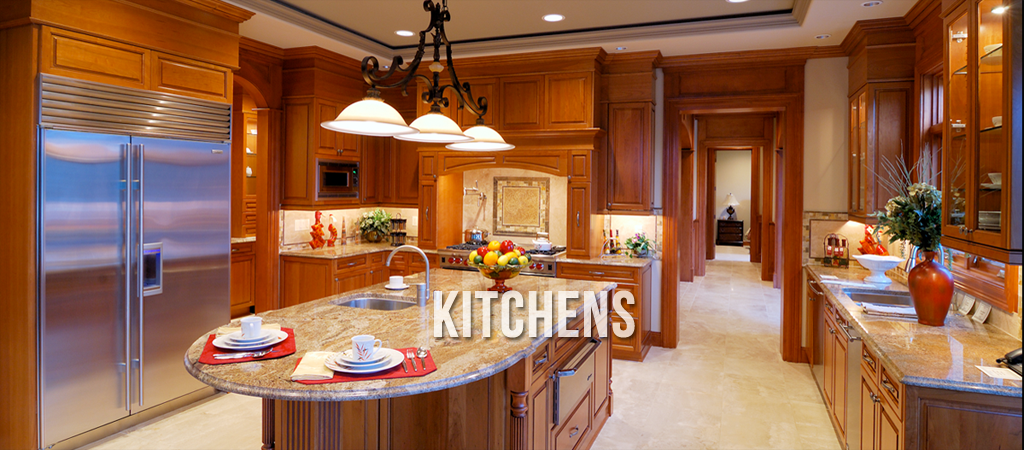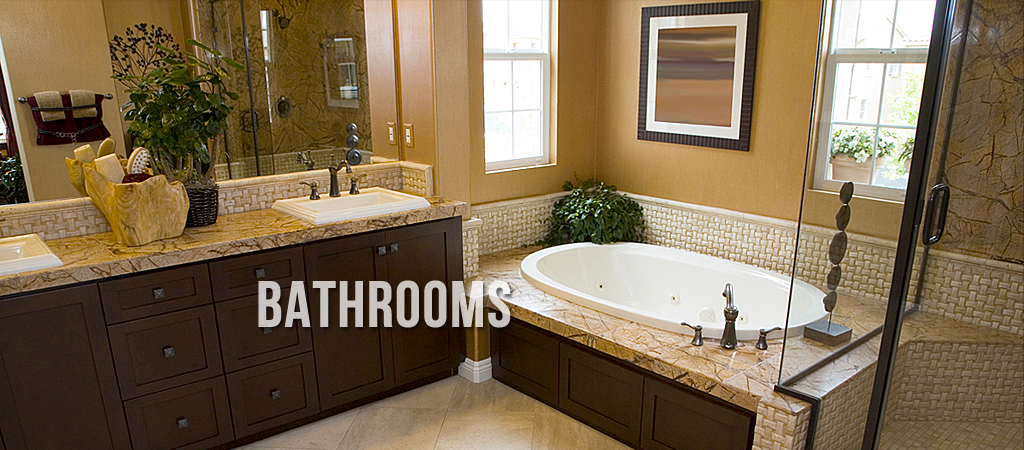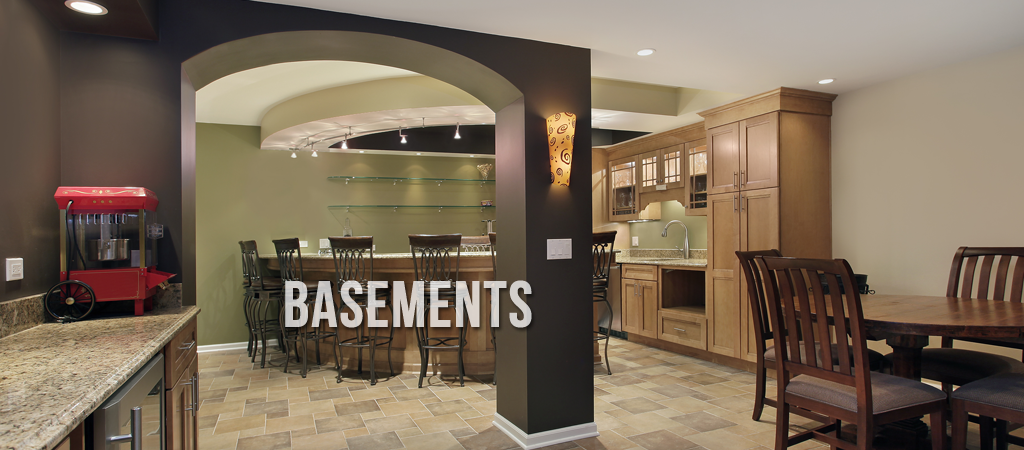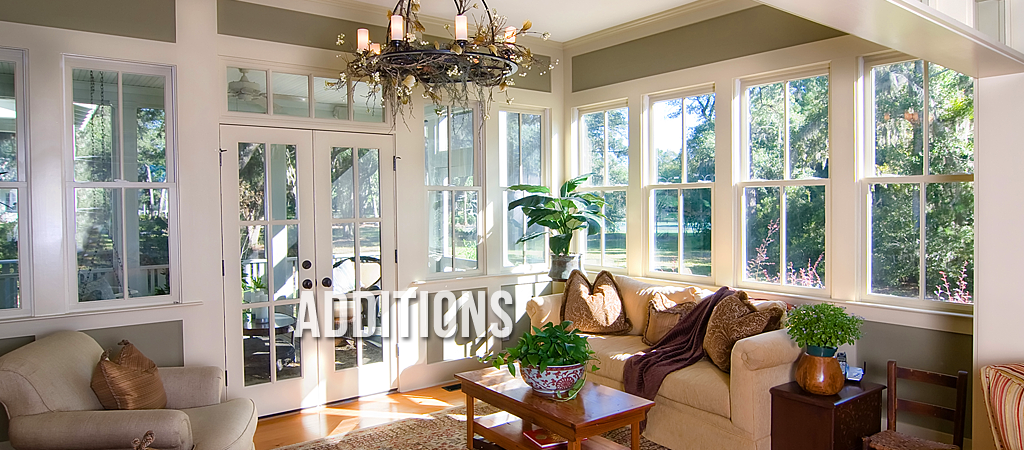Walk-in tubs are specialized bathing solutions that combine safety and therapeutic benefits for homeowners seeking enhanced bathroom accessibility. You’ll find essential features like watertight doors, low-entry thresholds, built-in seating, and sturdy grab bars that support up to 250 pounds. These tubs offer hydrotherapy jets and heated seating to help reduce chronic pain, improve circulation, and promote overall well-being. Installation requires proper permits and must meet local building codes, with costs typically ranging from $5,000 to $20,000 installed. Whether you’re aging in place or need extra assistance, understanding your specific needs and bathroom layout will help you make an informed decision that guarantees long-term satisfaction and safety.
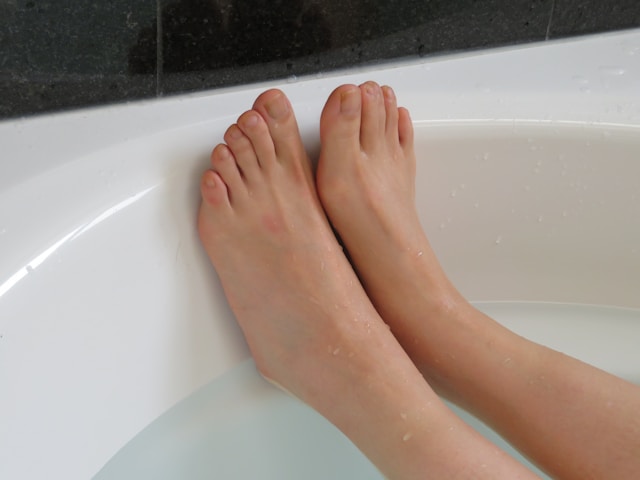
Walk-In Tubs Explained: Features, Safety, and What Buyers Need to Know
For seniors and those with limited mobility, walk-in tubs represent a significant advancement in bathroom safety and accessibility. These specialized fixtures combine ADA bathroom safety features with therapeutic benefits, including hydrotherapy jets that soothe aching muscles. You’ll find essential safety elements like low-threshold doors, built-in seating, and sturdy grab bars that help maintain your independence while ensuring a secure bathing experience.
Introduction to Walk-In Tubs
While traditional bathtubs serve most households well, walk-in tubs offer a specialized bathing solution that’s revolutionizing bathroom safety and accessibility. These innovative fixtures feature an inward swing door, built-in grab bars, and watertight sealing, letting you maintain your independence. Walk-in tub installation transforms your bathroom into a secure space where you can bathe confidently and comfortably without assistance.
What is a walk-in tub and who are they for?
A walk-in tub is a specialized bathing fixture that combines a watertight door, low entry threshold, and built-in safety features to create a secure bathing environment.
These tubs are ideal if you’re aging in place, have mobility challenges, or want enhanced safety while bathing. Features like outward swing doors, built-in seating, and fast drain technology make them perfect for those who value independence but need extra support during their daily routines.
Touchstone Remodelers’ role in accessible bathroom solutions
Trusted local experts at Touchstone Remodelers provide thorough walk-in tub installations throughout Maryland, Virginia, and Washington, DC. You’ll benefit from their expertise in retrofit walk-in tub installations, including essential safety features like anti-scald valves. Their accessible bathing solutions are customized to your specific needs, ensuring you maintain independence while bathing. Every installation meets strict safety standards and local building codes.
Why understanding tub features matters for long-term value
Smart homeowners know that selecting the right walk-in tub features isn’t just about today’s comfort—it’s an investment in your long-term independence and safety. Features like quick-drain systems, sturdy grab bars, and non-slip surfaces protect you from falls, while therapeutic jets can help manage chronic conditions. You’ll want to choose features that adapt to your changing needs, ensuring your bathroom remains accessible as mobility requirements evolve.
Product Types and Key Features
With safety features selected, you’ll want to understand the main types of walk-in tubs available today. Standard soakers offer basic comfort, while hydrotherapy models include therapeutic jets. Bariatric tubs accommodate larger individuals, and wheelchair-accessible models feature outward-swinging doors. Premium units combine multiple features like chromotherapy lighting, heated seating, and dual massage systems for a spa-like experience.
Walk-in tub designs: Inward vs. outward swinging doors
Door design plays a significant role in your walk-in tub’s safety and accessibility. Inward-swinging doors require less bathroom space but can be tricky to open if you’ve fallen. Outward-swinging doors offer easier emergency access and won’t be blocked by your body, though they need more clearance space. Consider your bathroom’s layout and personal mobility needs when choosing between these options.
Hydrotherapy jets: Types and therapeutic benefits
Modern walk-in tubs equipped with hydrotherapy jets offer more than just a relaxing soak – they’re therapeutic powerhouses that can help relieve chronic pain and improve circulation.
You’ll find two primary jet types: air jets that create thousands of tiny bubbles for gentle massage, and water jets that deliver targeted pressure to specific muscle groups. When combined, these systems can help reduce arthritis pain, ease muscle tension, and promote better sleep.
Built-in seating and ergonomic design options
Beyond therapeutic jets, comfortable seating is the cornerstone of a safe and accessible bathing experience. Your walk-in tub’s built-in seat should be positioned at ADA-compliant height (17-19 inches) and feature contoured surfaces that reduce pressure points. You’ll find options including textured surfaces for slip prevention, removable cushions for added comfort, and ergonomic backrests that support proper posture while bathing.
Fast drain technology: How it works and why it matters
Fast drain technology stands as one of the most critical safety features in any walk-in tub system. Unlike standard tubs that can take several minutes to drain, modern walk-in systems empty in 1-2 minutes. You won’t have to wait long in the tub while exposed to cooling temperatures. Quick-drain systems use dual drains and powerful pumps to guarantee you’re not left vulnerable during exit.
Anti-scald valves and other safety features
Three essential safety features protect you from common bathroom hazards, with anti-scald valves leading the way. These critical components work together to guarantee your independence and well-being during every bath.
- Anti-scald valves automatically regulate water temperature, preventing sudden hot water surges
- Built-in grab bars offer secure support at multiple points, eliminating slip risks
- Non-slip textured flooring provides stable footing when entering and exiting
Installation and Space Considerations
Safety features are just the start of your walk-in tub journey. You’ll need to factor in your bathroom’s dimensions, plumbing configuration, and doorway width. Most walk-in tubs require a 60-inch space, similar to a standard tub. Your existing plumbing may need adjustments, and you’ll want to confirm doorways can accommodate the tub’s delivery. Take into account whether you prefer freestanding or alcove installation options.
Size and clearance requirements for walk-in tubs
Inside your bathroom, proper sizing and clearance for a walk-in tub are essential for both safety and functionality. You’ll need to guarantee adequate space for comfortable entry, operation, and maintenance.
- Standard walk-in tubs require at least 28-32 inches of width and 48-60 inches of length
- Allow 30 inches of clear floor space in front of the door
- Consider additional assurance if you’re using mobility devices like wheelchairs or walkers
Retrofit vs. full remodel: What’s involved in each installation
Homeowners considering a walk-in tub installation have two main options: a retrofit or a full remodel. A retrofit works within your bathroom’s existing layout, replacing your current tub while keeping plumbing and walls intact. A full remodel involves extensive changes, including potential wall removal, plumbing updates, and electrical modifications. Your choice depends on your bathroom’s current setup and structural requirements.
How Touchstone Remodelers assesses your bathroom layout
During your initial consultation, Touchstone Remodelers conducts a thorough assessment of your bathroom’s layout and structural elements. You’ll receive expert guidance on maximizing your space while ensuring safety and accessibility.
- We measure doorways, turning radiuses, and plumbing locations to determine best tub placement
- We evaluate floor strength and identify any necessary structural reinforcement
- We assess electrical systems and water heater capacity to guarantee proper function
Safety and Accessibility Essentials
The essential safety features of a walk-in tub make it a superior choice for aging in place and maintaining independence. You’ll find slip-resistant flooring, ADA-compliant grab bars, and a low-threshold entry door for secure access. Built-in seating at the ideal height prevents falls, while easy-to-reach controls and quick-drain technology guarantee you’re never left vulnerable during entry or exit.
Grab bars and non-slip surfaces
Strategically placed grab bars and specialized non-slip surfaces work together to create a secure bathing environment in your walk-in tub. These essential safety features give you confidence and independence during your bathing routine.
- ADA-compliant grab bars support up to 250 pounds and provide stability when entering, exiting, or adjusting position
- Textured floor surfaces prevent slipping even when wet
- Ergonomically designed handrails position naturally where you’ll need them most
ADA-compliant height and dimensions
Building on the safety features that protect you during use, proper dimensions play an essential role in making walk-in tubs accessible for everyone. ADA-compliant walk-in tubs must have a minimum 17-inch seat height, a 36-inch minimum width, and a door opening of at least 32 inches. These standards guarantee you’ll maintain independence while bathing, regardless of mobility challenges.
Emergency access features and what to look for
Three critical emergency features should be at the top of your checklist when evaluating walk-in tubs: quick-release doors, rapid drain systems, and easily accessible emergency call buttons.
- Quick-release doors feature emergency latches that can be operated from both inside and outside the tub
- Rapid drain systems empty the tub in under 2 minutes during emergencies
- Emergency call buttons should be within arm’s reach and connected to your home’s alert system
Health and Comfort Benefits
While safety features protect you in the moment, walk-in tubs offer lasting health benefits that can improve your daily life. Hydrotherapy jets help reduce chronic pain, arthritis, and muscle tension. Built-in heated seating soothes stiff joints, while therapeutic air bubbles boost circulation. Water immersion can lower blood pressure, decrease anxiety, and promote better sleep, helping you maintain independence and physical well-being.
Pain relief and improved circulation from hydrotherapy
Designed to target sore muscles and stiff joints, hydrotherapy jets in walk-in tubs deliver powerful streams of water that can greatly reduce chronic pain. You’ll experience therapeutic benefits that enhance your independence and well-being.
- Strategic jet placement massages key pressure points, improving blood flow throughout your body
- Warm water therapy helps relax tense muscles and reduces inflammation
- Customizable water pressure settings let you control your treatment intensity
Ease of use for arthritis, balance issues, or post-surgery recovery
Many users with limited mobility find that walk-in tubs remove the most challenging aspects of traditional bathing. If you’re managing arthritis, recovering from surgery, or dealing with balance concerns, you’ll appreciate the low-threshold entry, sturdy grab bars, and built-in seating. These features let you maintain independence while bathing safely. The tub’s controls are also easily accessible from a seated position.
Emotional and psychological benefits of safe bathing
Beyond the physical advantages of walk-in tubs, the peace of mind that comes with safe bathing can dramatically improve your mental well-being. When you’re able to bathe independently without fear of falling, you’ll experience renewed confidence and dignity.
- Reduced anxiety about bathroom accidents
- Enhanced sense of personal autonomy and self-reliance
- Greater emotional comfort knowing you’re not burdening family caregivers
Maintenance and Usage Insights
While walk-in tubs provide exceptional comfort and safety, they’ll maintain peak performance only with proper care and attention to maintenance details. You’ll need to clean the jets monthly with a biofilm removal product, check seals regularly, and test the door gasket’s integrity. Keep drains clear of hair and debris, wipe surfaces with non-abrasive cleaners, and inspect the quick-drain system quarterly to maintain peak function.
Cleaning walk-in tubs and preventing mold buildup
Regular cleaning of your walk-in tub isn’t just about aesthetics – it’s essential for maintaining a safe, hygienic bathing environment. To prevent mold and maintain your tub’s integrity:
- Wipe down surfaces after each use with a non-abrasive cleaner
- Run the air jets with a cleaning solution monthly to clear internal piping
- Check and clean the door seal weekly to prevent water leaks and mildew formation
What users should know about electrical and plumbing upkeep
Maintaining your walk-in tub’s electrical and plumbing systems isn’t just about performance – it’s crucial for your safety and comfort. Regularly test your GFCI outlets, inspect power cords for wear, and guarantee drain pumps function properly. Check seals and joints for leaks monthly, clean jets thoroughly, and have a licensed professional inspect the system annually. Don’t attempt electrical repairs yourself.
Warranties, service, and what to expect over time
An all-inclusive warranty package is essential when investing in a walk-in tub, as it’ll protect both your safety features and core components over time. Most reputable manufacturers offer thorough coverage that you’ll want to thoroughly review.
- Door seals and watertight gaskets typically carry lifetime warranties
- Electronic components usually have 10-15 year coverage
- Labor warranties average 2-5 years for installation-related issues
Cost, Financing, and Insurance Coverage
Walk-in tubs typically range from $5,000 to $20,000 installed, with costs varying based on your chosen features and installation requirements. Medicare typically doesn’t cover walk-in tubs, but financing options through manufacturers or third-party lenders can make payments manageable. Some insurance providers may offer partial coverage if your doctor prescribes the tub for medical necessity. You’ll also find tax deductions available for aging-in-place modifications.
Upfront costs and what drives the price
The investment in a walk-in tub varies considerably based on several key factors that’ll impact your total cost. Understanding these elements helps you budget effectively and make informed decisions for your safety and comfort.
- Basic models start at $3,000, while luxury units with advanced features can reach $20,000
- Installation costs typically range from $2,000-$8,000 depending on plumbing modifications
- Additional features like hydrotherapy jets, heated seats, or chromotherapy add $1,000-$3,000 each
Is it covered by Medicare or insurance?
Given the significant investment required for a walk-in tub, many homeowners want to know about potential financial assistance through insurance coverage.
Traditional Medicare typically won’t cover walk-in tubs, as they’re considered “convenience items.” However, some Medicare Advantage plans, long-term care insurance policies, and state Medicaid waivers may offer partial coverage. You’ll need to document medical necessity through your healthcare provider and check your specific policy details.
Financing options and payment plans with Touchstone Remodelers
Understanding that walk-in tubs represent a significant investment in your home and safety, Touchstone Remodelers offers flexible financing solutions to make the purchase more manageable.
- Low monthly payments with competitive interest rates through trusted lending partners
- Special financing promotions with 0% interest for qualified buyers
- Quick approval process that lets you start your bathroom transformation right away
Your comfort and independence shouldn’t be limited by financial constraints.
Regulations, Standards, and Warranties
While making walk-in tubs financially accessible is vital, ensuring they meet strict safety and quality standards is equally indispensable for your peace of mind. Look for ADA-compliant models that adhere to ANSI standards and UL safety certifications. Your walk-in tub should come with extensive warranties covering the door seal, frame, and mechanical components for at least 10 years.
Understanding local codes in MD, VA, and DC
Before you proceed with your walk-in tub installation, you’ll need to familiarize yourself with the specific building codes across Maryland, Virginia, and Washington, DC. Each jurisdiction has unique requirements that guarantee your safety and compliance.
- MD requires licensed plumbers and electrical permits for all bathroom modifications
- VA mandates specific drainage specifications and anti-scald valve installations
- DC enforces strict ADA clearance requirements for accessible bathroom fixtures
What to know about permits for walk-in tub installs
In accordance with local regulations, you’ll need specific permits for your walk-in tub installation to make certain it meets all safety and building requirements. Your contractor should handle permit applications, which typically cover plumbing modifications, electrical work, and structural changes. Most jurisdictions in MD, VA, and DC require permits to be displayed during installation and final inspections to affirm compliance with local building codes.
How Touchstone Remodelers ensures compliance and warranty support
Working hand-in-hand with local building authorities, Touchstone Remodelers maintains a robust compliance system that safeguards your investment beyond the initial permit process.
When you choose our services, you’ll benefit from:
- Regular manufacturer-certified inspections to uphold your warranty coverage
- Documentation of all ADA-compliant modifications for insurance purposes
- Post-installation safety checks and ongoing technical support to guarantee your walk-in tub continues meeting local codes
Final Thoughts and Next Steps
Making your bathroom safer and more accessible with a walk-in tub represents a significant investment in your quality of life. When you’re ready to take the next step, start by scheduling a professional assessment of your bathroom space and specific needs. Consider getting multiple quotes, verify contractor credentials, and don’t hesitate to ask questions about installation timelines, warranties, and maintenance requirements.
How to choose the right tub for your needs
With countless walk-in tub options available today, selecting the perfect model can feel overwhelming. Focus on your specific needs and lifestyle requirements to make the best choice for your home and mobility situation.
- Measure your bathroom space carefully and consider door swing clearance
- Evaluate essential features like seat height, threshold height, and water depth
- Determine which safety features you’ll need most: grab bars, anti-slip surfaces, or quick-drain systems
Why professional consultation matters
During the walk-in tub selection process, professional consultation isn’t just helpful – it’s crucial for your safety and satisfaction. A qualified expert will evaluate your bathroom’s layout, plumbing requirements, and structural considerations while addressing your specific mobility needs. They’ll guarantee proper measurements, recommend appropriate safety features, and identify potential installation challenges before they become costly problems.
Schedule a walk-in tub assessment with Touchstone Remodelers
Safety and peace of mind commence with a professional walk-in tub assessment from Touchstone Remodelers. Our experts will evaluate your bathroom’s layout and discuss your specific mobility needs to guarantee the ideal solution for your home.
- Schedule your complimentary consultation online
- Receive a comprehensive assessment of options and costs
- Get a personalized installation plan that fits your timeline and budget

